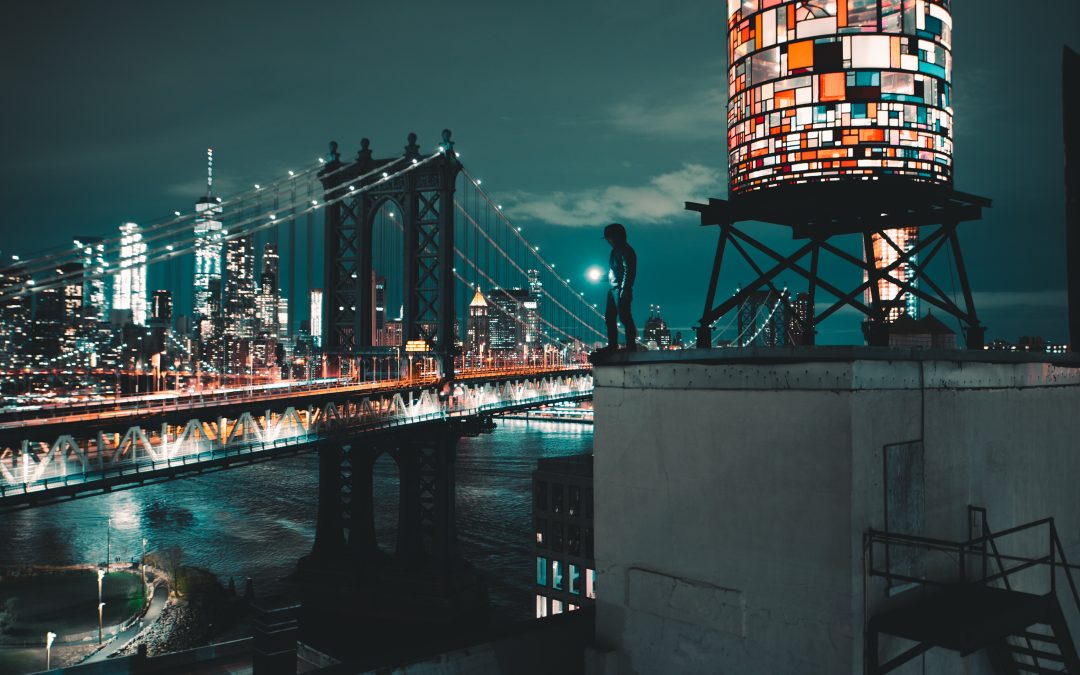Today, the Upper West Side sprawls from West 59th Street to West 110th Street. Like any New York City neighborhood, it has evolved significantly throughout its time. What is now known for primarily residential buildings was once known for its lush greenery that served for farming and an escape into nature for New York’s early financial leaders–and eventually serving as a point in the American battle for independence.
When Dutch immigrants prepared to settle in the western portion of New Amsterdam in the early to mid-seventeenth century, they were met with harsh opposition by the Munsee Indian tribe that occupied the region. So much so that land battles between the two groups eventually led to the Dutch suspending their expansion efforts in the 1650s. This left the Dutch with a stretch of northern land they called Bloemendal (eventually becoming Bloomingdale).
The land would serve as fertile farmland for the immigrants, producing large amounts of tobacco during the early 1700s. With the city and region booming, Bloomingdale Road was constructed in 1703 to address traffic from growing business throughout the city. Eventually, Bloomingdale Road would become the famed Broadway we all know today.
Like many New Yorkers throughout time, they sought escapes into nature from time to time. Bloomingdale served as the Hamptons of its era, housing country homes for the city’s early elites.
When the Revolutionary War reached the tri-state area, the region served as a battleground for the Battle of Harlem Heights–a war often regarded for its strategic unimportance. The battle was fiercely contested and led on the American side by future first President George Washington. When warring eventually ceased, the area would be known for its villages that would shape the future of the region.

